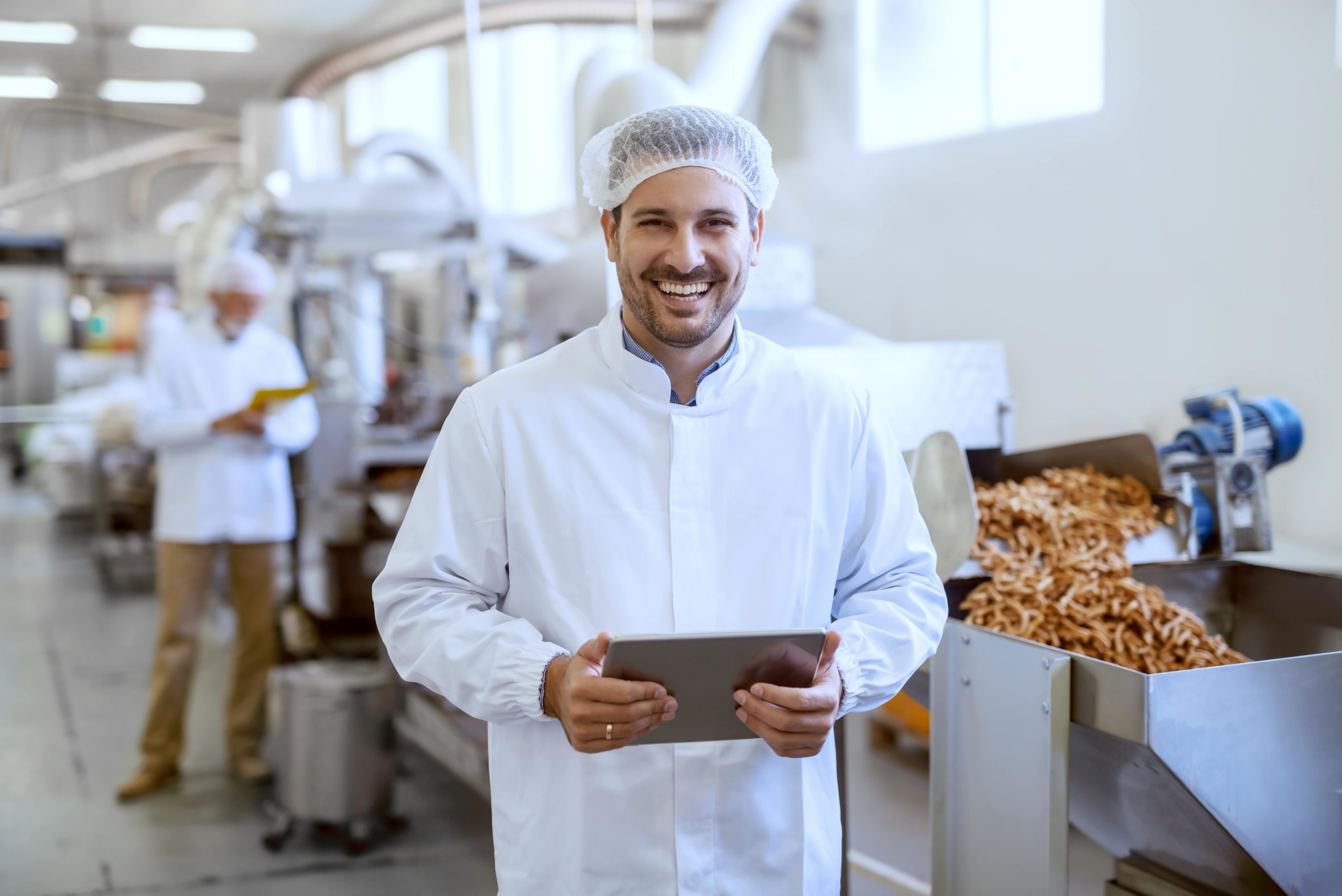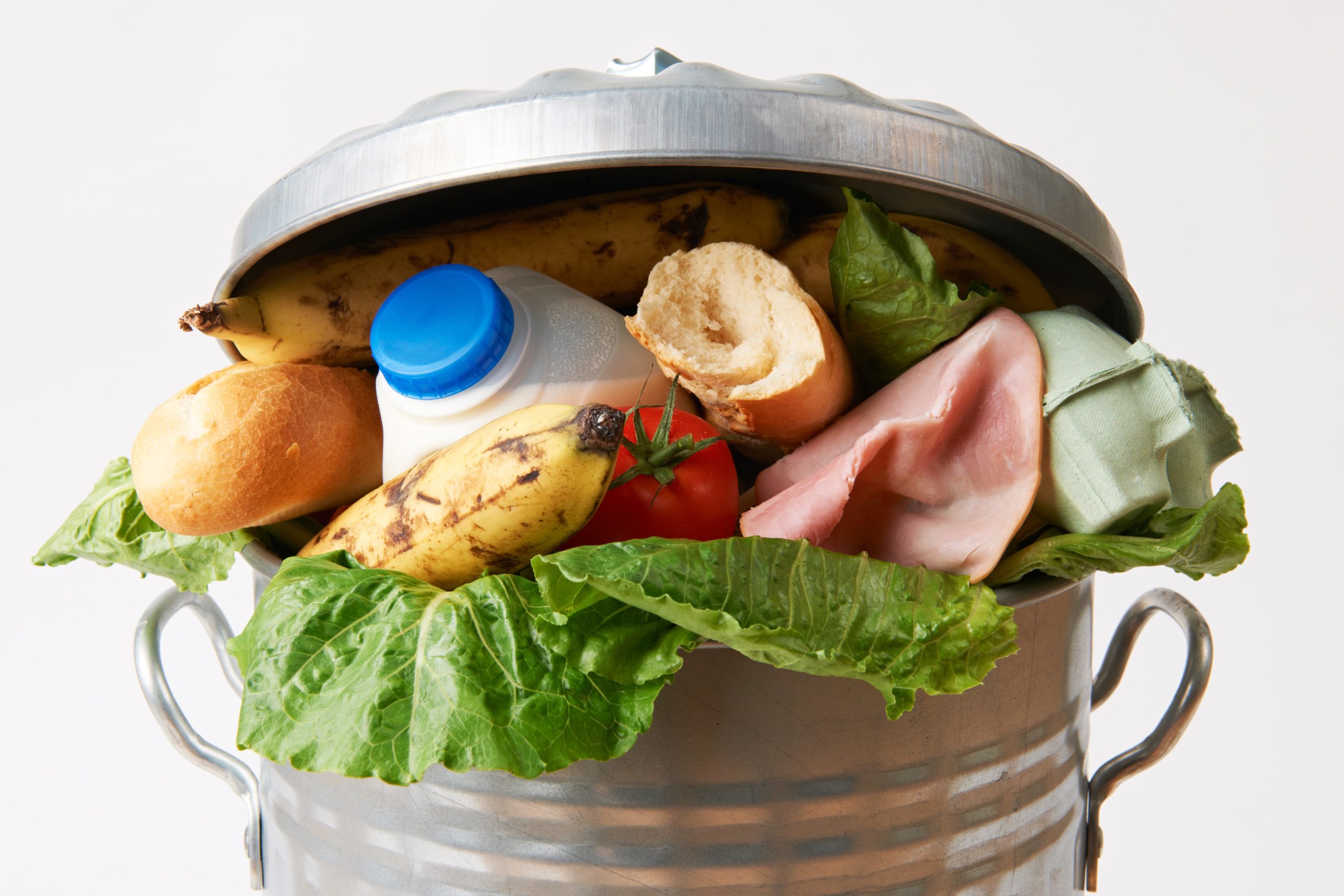Sustainable Innovation
EU Specialty Food Ingredients producers are constantly seeking innovative solutions across the broad spectrum of sustainability challenges that we are currently facing, including withinin the food industry. In part, this involves responding to consumer demands, for example, enabling healthier alternatives, in particular, by the reduction of sugar, fat and salt content as recommended by national dietary guidelines.
In addition, specialty food ingredients can help respond to the critical pressures currently placed on the world’s natural resources by delivering more sustainable alternatives and helping to reduce food waste, which is considered key to ensuring adequate and sustainable food systems.
Innovation in the food ingredient industry is pervasive. The summary below sets out some examples of the industry’s innovative solutions that can help the transition towards a more sustainable food system.
Processing sustainably:
Sustainability starts at home. Ingredient manufacturers constantly strive for processing solutions that optimise both their own production processes and enable others in the food chain to apply more sustainable processes.

Vitamin B2 – an essential micronutrient for humans and animals – plays a vital role in maintaining the body’s energy supply, helping it break down proteins, fats, and carbohydrates. The traditional chemical process for producing B2 took 7 steps. By contrast, both BASF and DSM developed a one-step biotechnological fermentation process (transformation by microorganisms) to produce B2. BASF uses vegetable oil as a starting point and the fungus Ashbya gossypii, while DSM uses a renewable C-source using a Bacillus Subtilis. Switching by BASF to fermentation decreased energy consumption by 25% and Global Warming Potential (GWP) by as much as 33%. The new process also reduced air emissions. The DSM switch reduced the usage of fossil raw materials by 75%. In addition it resulted in a reduction of 67% of waste water and 50% of waste gas with no hazardous waste produced anymore.
Today, 100% vitamin B2 on the global market is produced by fermentation using biotechnology.
The enzymes required for brewing generally occur naturally from malting barley. These enzymes are required to turn the grains’ starches into the various types of sugar needed to make beer alcoholic. IFF has developed new and more sustainable alternative to this process to cut out the malting step and instead introduce laboratory grown enzymes. By adding lab-grown enzymes, the brewer can cut non-renewable energy use by 42-56 %, and greenhouse gas emissions by more than 30%. Water consumption is reduced through this new process by 0.86 to 1.6 L per liter of beer produced (Krieger & Eiken, 2020).
Sustainable sourcing:
Growing concerns about the long-term viability of certain natural resources has stimulated food ingredient manufacturers to revisit current practices and explore alternatives.

Carrageenan is an ingredient used to improve the texture of, for example, dairy and confectionery products. The raw material needed to produce carrageenan is red seaweed. Cargill has launched the Red Seaweed Promise™. This programme commits to both enhancing the practices of seaweed producers that sustain the marine environment and enhance the livelihoods of local communities across their global supply chain. The company has committed to source 60% sustainable red seaweed by 2025. IFF is similarly committed to sustainable seaweed sourcing.
Phosphates are commonly used in the processing of cheese as emulsifiers to keep oil and water mixed together. Phosphates are produced from rocks containing phosphorus, sources of which are finite and are becoming depleted at an increasing rate. For this reason, Jungbunzlauer set about seeking alternatives. They have developed citrates and gluconates that have similar functional properties to phosphates and can replace them as emulsifiers in processed cheese and as leavening acids in bakery.
With global fish stocks becoming increasingly depleted, aquaculture is considered as an important alternative to meet global demand. However, the feeding of fish is itself also dependent on finite marine resources, namely fishmeal and fish oil. Each year, approximately 17% of the world’s fisheries, are captured and processed into about 5 million tons of fish meal and 1 million tons of fish oil, 75% of which is used in aquaculture feeds. DSM and Evonik has developed an alternative that can help replace fish-based ingredients: Veramaris® is a technology that produces the two essential omega-3 fatty acids EPA and DHA needed in aquaculture from natural marine algae. This process not only reduces reliance on finite resources; it increases the healthy omega-3 content in salmon to the benefit of consumers.
Healthier alternatives:
Reformulating products to reduce sugar, salt and fat content is increasingly a priority for the food industry. The food ingredient industry has responded with a range of alternatives that provide functional solutions for the food industry while supporting ambitions for a switch to healthier and more sustainable diets.

While reducing sugar content is increasingly a priority for the food industry , consumers preference for sweeter foods remains a reality. Functional ingredients play an important role in reducing sugar while maintaining its sweet taste and technical bulk function. For example, the polyols Erythritol, Isomalt, Lactitol, Maltitol, Mannitol, Sorbitol and Xylitol are largely used to replace sugar in many food applications and provide at the same time the health benefits of lower calories, better blood sugar management and dental health properties. Manufacturers of polyols include BENEO, Cargill, IFF, Jungbunzlauer and Roquette. Alternatively, if fiber enrichment should play a role as well, Beneo have produced Orafti® Inulin and Orafti® Oligofructose – fibres produced from chicory root – that can replace sugars, while providing established health benefits for the digestive system.
Salt reduction is another key target for food companies looking to reformulate to produce healthier foods while meeting consumers taste expectations. Jungbunzlauer sub4salt® is a mineral salt blend which helps to reduce sodium without compromising taste. A 1:1 replacement of salt by sub4salt® allows sodium reduction up to 50% whilst providing the same functionality in finished products.
European consumers increasingly turn from animal protein based foods and beverages to plant-based alternatives. Texturised wheat protein developed by Beneo serves as a major ingredient in meat free alternatives such as vegetarian sausages, chicken nuggets and burgers. Pea proteins developed by Cargill and IFF offer new alternatives with many functional advantages, such as emulsification and foaming capacity, good water-binding, cohesion and adhesion properties which create a creamy texture in dairy alternatives. Besides in meat and dairy alternatives, pea protein can be used in a wide variety of foods and beverages. Continued research efforts and application support by ingredient manufacturers help provide tasty and attractive innovative solutions.
Waste solutions:
Food waste is widely acknowledged to be a significant obstacle to an optimally sustainable food system. Food waste occurs at many stages in the food chain. Food ingredients offers some solutions for reducing consumer food waste.

The growth of yeasts and moulds on products such as yoghurt and fermented drinks lead to significant food waste in Europe every year. IFF has developed food cultures with a protective effect specifically for plant-based fermented products that can extend shelf life and secure longer quality of products by preventing this yeast and mould spoilage. Such products also facilitate a shift from animal-based products to plant-based alternatives. The company has estimated that if HOLDBAC®YM VEGE was used in the preparation of 100,000 metric tons plant-based yoghurt in Europe and allowed to extend its shelflife by one week, it could save 5,000 metric tons of plant-based yoghurt, which is equivalent to 3,500 metric toms of CO2e saved or 15 million km worth of CO2 produced by an average car.

